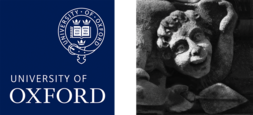The approach we take towards creative cognition departs in two important ways from the direction taken by mainstream cognitive science - where creative capacity is taken to be an individual attribute and cognition as the manipulation of cortically generated representations. First, our outlook is underwritten by the ontological implications of Material Engagement Theory (MET), which presents a systemic model of human becoming that is applicable at multiple temporal scales - phylogenic, ontogenic and concurrent. MET places human experience, including cognition, in relation to the world of material culture. Neural activity, seen from this ecological perspective, plays an essential role in cognition but not a generative or originative one. Second, art and the activities of artists are frequently used to study and exemplify creative cognition. Here, instead of making art the object of study, we present a sculptural project to show that clay, in the hand of a sculptor, can behave, not just as a medium but as a sensory organ and investigative tool. The case study describes the making of the skull of a unicorn. We use the framework of MET to structure a phenomenological account of the case such that it extends beyond the first-person to include the clay, images, artefacts and other workshop elements. By presenting sculpting as a systemic activity predicated on the patterns of antecedent clay-gestures and organised around the development of new synergistic clay-gestural patterns, we show how sculpting can make sense of the creative process directly via a signification that is materially enacted rather than formatted linguistically or mathematically. We refer to this process as “creative thinging”. The unicorn skull learns itself into existence by developing new clay-gestural patterns: unable to exist without the knowledge of its existence, unable to know itself until it existed.



